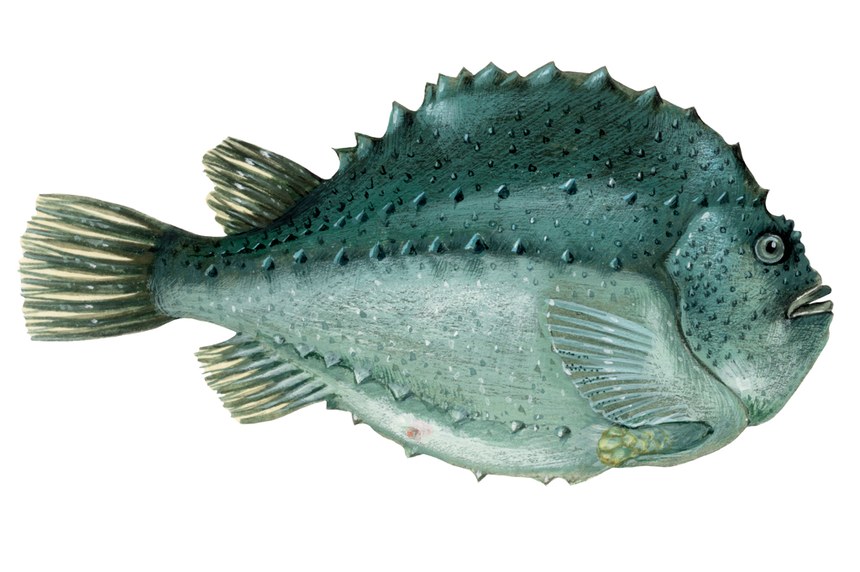Overview
Fisheries are composed of one or more parts, each of which is entitled to receive an MSC certificate. These parts or “units” are defined by their target stock(s), fishing gear type(s) and if relevant vessel type(s), and the fishing fleets or groups of vessels.
When the term “Unit of Certification” is used for fishing units that are in assessment, it refers to the “Unit of Assessment” or “Unit of potential certification”. Expand a status below to view the parts that form this fishery. To check the detailed scope, download the latest certificate or open the Assessments page to get the latest report. Find out more by visiting our page on Fisheries
Catch by Species
| Species | Reported Catch Year | Metric Tonnes |
|---|---|---|
| Tusk(=Cusk) (Brosme brosme) | 2023 | 13,776 |
| Lumpfish(=Lumpsucker) (Cyclopterus lumpus) | 2023 | 42 |
| Ling (Molva molva) | 2023 | 16,449 |
Information is provided by an independent Conformity Assessment Body as live weight (the weight of species at the time of catch, before processing) and where a fishing season covers multiple years, the end year is given as the reported catch year. Additional information is available in the latest report, see the assessments page.
Eligibility, client groups and vessel lists
A fishery may choose to define the members of the fishery certificate. These members can be vessels or other client group members (e.g. companies that own vessels and/or companies that are named as eligible to handle certified product covered within the fishery certificate scope). Please refer to the fishery certificate statement on additional product specific eligibility criteria (e.g. product eligibility limitations, eligibility date, exclusive points of landing and the point where Chain of Custody certificate is required). Please consult the fishery Public Certification Report for product eligibility rationale.
| Documents | Published on | Files |
|---|---|---|
| Vessel List | 21 May 2019 | 1 files |
About this Fishery
Ling and tusk are targeted along the Norwegian continental slope from the Lofoten islands and southwards in the Norwegian Sea. The fishery is also conducted in the North sea in both Norwegian and EU waters, and continues westwards along the slope all the way to west of Ireland.
The lumpfish part of this fishery takes place in the North East Arctic and North East Atlantic, close to the Norwegian shoreline in the three most northern counties of Norway: Nordland, Troms and Finnmark. The end product is caviar.
The fishery entered assessment in 2016.
Lumpfish (Cyclopterus lumpus) images © Scandinavian Fishing Year Book
Market Information
The main products and markets for ling and tusk are:
Dried stockfish: Swedish market
Dried and salted clipfish: Caribbean and Latin-American markets
Frozen and fresh fillets/whole fish: Western European markets.
The end product for the fishery's lumpsifh is caviar which is mainly sold in domestic and Scandinavian markets, particularly Sweden.
